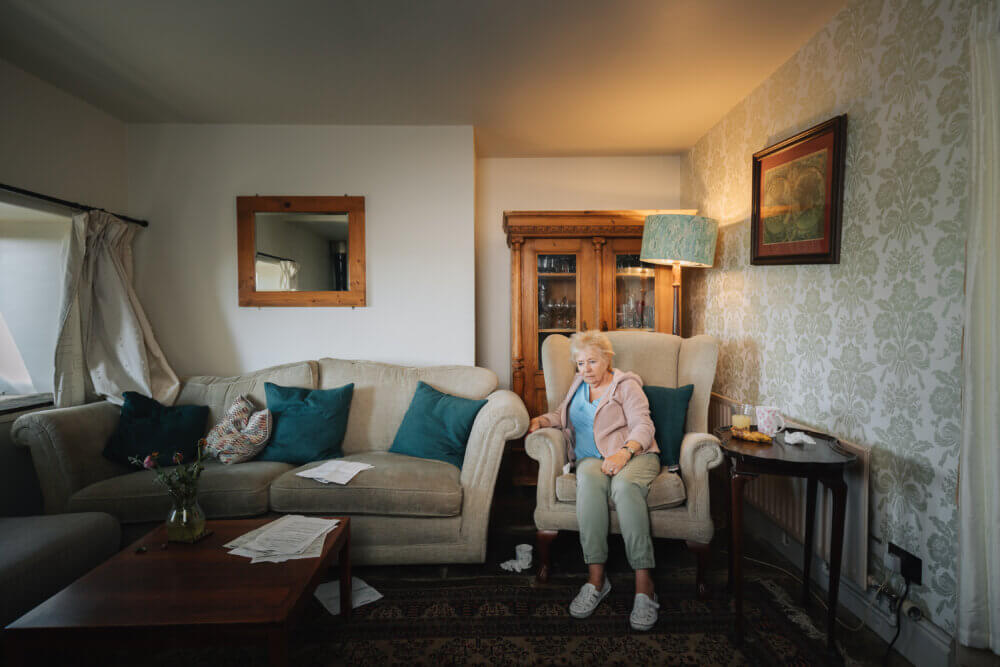As our loved ones age, ensuring their safety and independence becomes a top priority. One of the most effective ways to achieve this is through the use of fall detection systems for senior apartments. These systems are designed to provide peace of mind to both seniors and their families, allowing for a greater sense of security and autonomy.
The importance of fall detection systems cannot be overstated, especially in environments like senior apartments, where residents may be living alone or with limited assistance. Falls are a major concern for seniors, leading to injuries and even fatalities. By utilizing advanced technology, these systems are able to detect falls and alert caregivers or emergency services immediately.

Understanding Fall Detection Systems
Fall detection systems are designed to monitor an individual’s movements and identify any sudden changes that may indicate a fall. These systems can be standalone devices or integrated into a broader network of smart home technologies. They often utilize sensors, accelerometers, and algorithms to distinguish between normal movements and falls.
Types of Fall Detection Systems
- Wearable Devices: These are often worn as pendants or wristbands and are equipped with sensors to detect falls. They are portable and can be used both inside and outside the home.
- Non-Wearable Systems: These systems use sensors placed around the apartment to monitor movement and detect falls. They are ideal for seniors who may not want to wear a device constantly.
- Smart Home Integration: Some fall detection systems can be integrated into a smart home setup, utilizing IoT technology to provide comprehensive monitoring and alerts.
Benefits of Fall Detection Systems for Senior Apartments
The primary benefit of fall detection systems is the increased safety they provide for seniors living independently. By detecting falls quickly, these systems can ensure that help is dispatched immediately, reducing the risk of serious injury or long periods without assistance.
Moreover, these systems can provide peace of mind for family members and caregivers, knowing that their loved ones are being monitored and that they will be alerted in case of an emergency. This can alleviate some of the stress and anxiety that comes with caring for an elderly family member.
Improved Quality of Life
Beyond safety, fall detection systems can also contribute to a higher quality of life for seniors. By allowing them to maintain their independence, seniors can enjoy a greater sense of dignity and autonomy. This can have a positive impact on their mental and emotional well-being.
Cost-Effective Solution
Investing in a fall detection system can be a cost-effective solution compared to other forms of care, such as hiring a full-time caregiver or moving to an assisted living facility. These systems provide continuous monitoring without the need for constant human presence, making them an attractive option for many families.
How to Choose the Right Fall Detection System
When selecting a fall detection system for a senior apartment, there are several factors to consider:
Ease of Use
It’s important to choose a system that is easy for the senior to use and understand. Look for devices with simple interfaces and clear instructions.
Accuracy and Reliability
Ensure that the system is accurate in detecting falls and reliable in sending alerts. Reading reviews and consulting with professionals can help in making an informed decision.
Customization Options
Some systems offer customization options, allowing users to set specific thresholds or preferences. This can be beneficial for tailoring the system to the needs of the individual.
Integration with Other Systems
If the senior’s apartment is part of a smart home environment, consider a system that can integrate with existing technologies. This can provide a more comprehensive safety solution.
The Future of Fall Detection Technology
The field of fall detection technology is constantly evolving, with new advancements being made regularly. Future innovations may include improved sensor technology, enhanced algorithms for better accuracy, and more seamless integration with other smart home devices.
Additionally, there is potential for fall detection systems to incorporate machine learning and artificial intelligence, allowing them to learn from an individual’s movements and provide even more accurate monitoring.
Privacy Concerns and Solutions
One concern with fall detection systems is privacy. However, there are privacy-friendly solutions available that do not rely on cameras, ensuring that seniors can maintain their privacy while still benefiting from the safety features of these systems.
Conclusion
Fall detection systems for senior apartments offer a valuable solution for ensuring the safety and independence of our aging loved ones. By providing quick and reliable alerts in the event of a fall, these systems can prevent serious injuries and provide peace of mind for families and caregivers.
As technology continues to advance, the capabilities and features of these systems are likely to improve, offering even more comprehensive and effective solutions for senior safety. By staying informed and considering the specific needs of the individual, families can choose the right system to support their loved ones in living safely and independently.

FAQs
What are fall detection systems?
Fall detection systems are devices that monitor an individual’s movements and identify falls, sending alerts to caregivers or emergency services as needed.
How do fall detection systems work?
These systems use sensors, accelerometers, and algorithms to differentiate between normal movements and falls, sending alerts when a fall is detected.
Can fall detection systems be integrated with smart home devices?
Yes, many fall detection systems can be integrated with smart home technologies, providing a comprehensive safety solution for seniors.
This article contains affiliate links. We may earn a commission at no extra cost to you.






